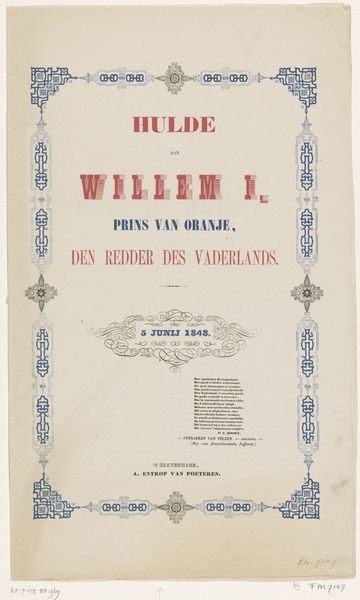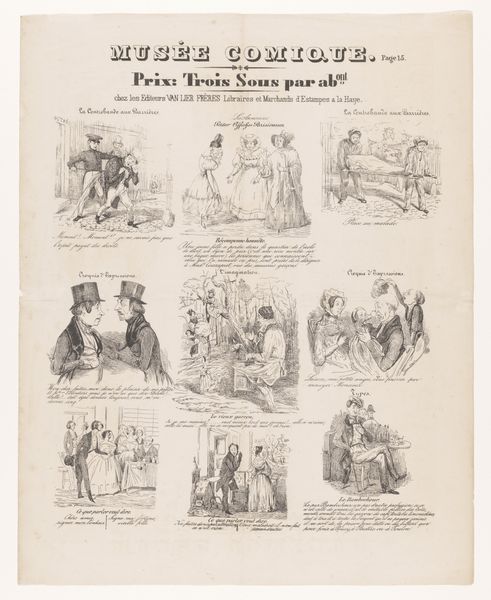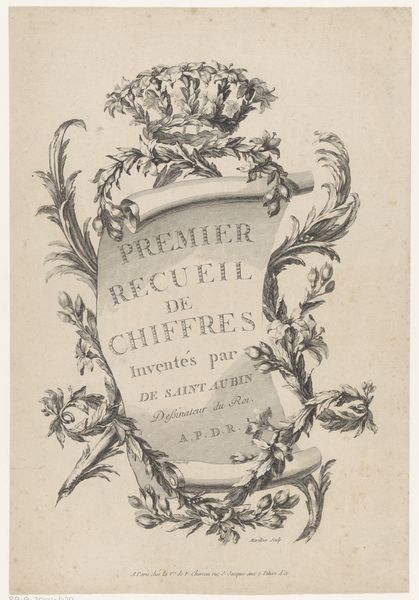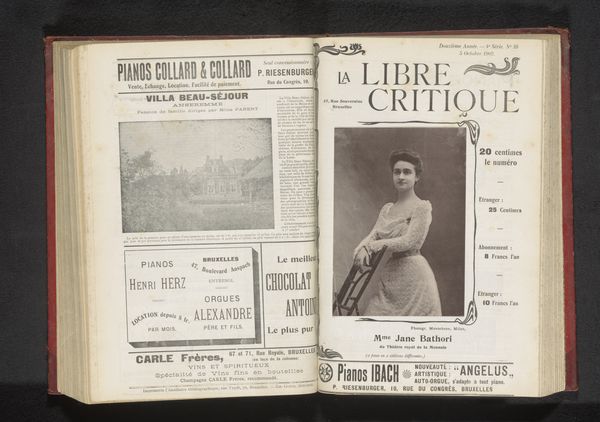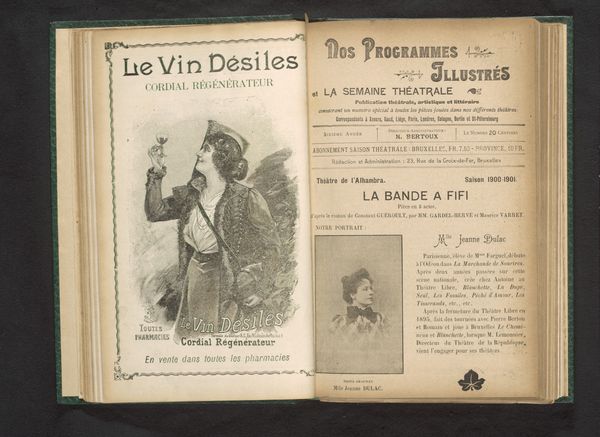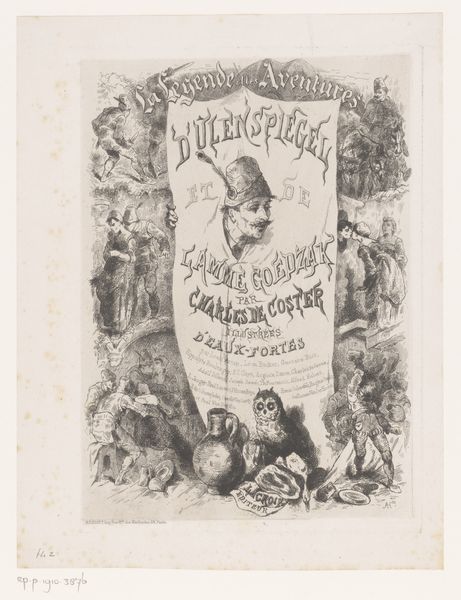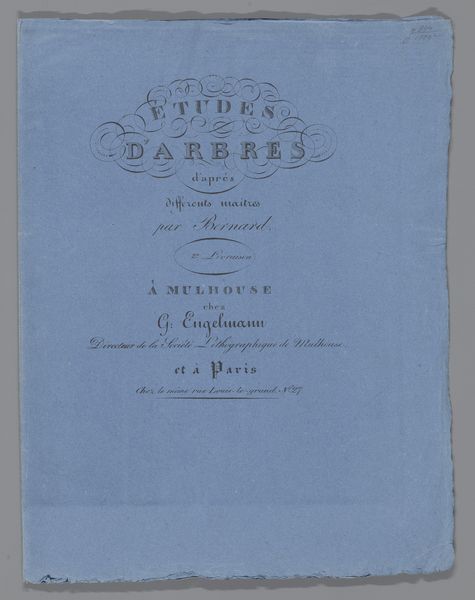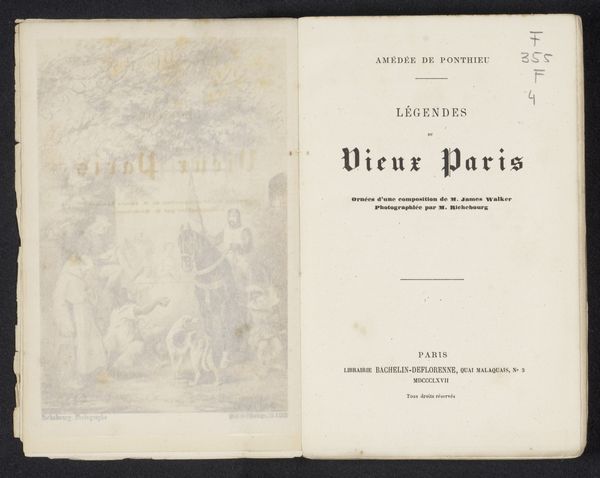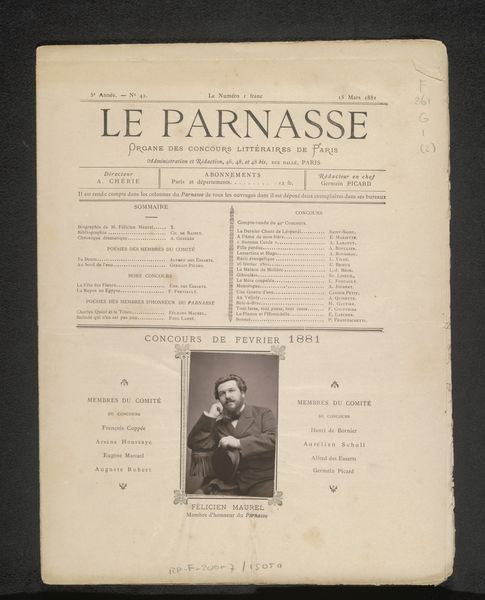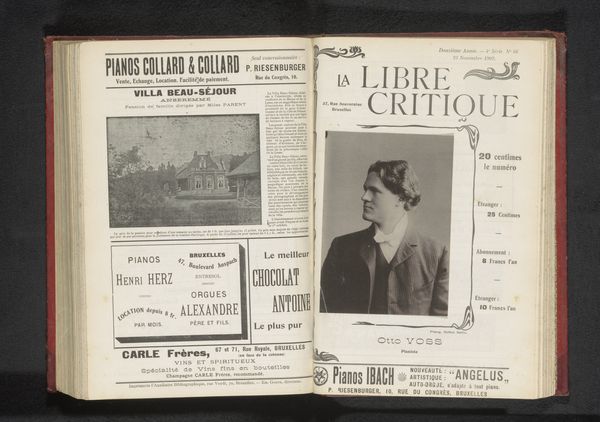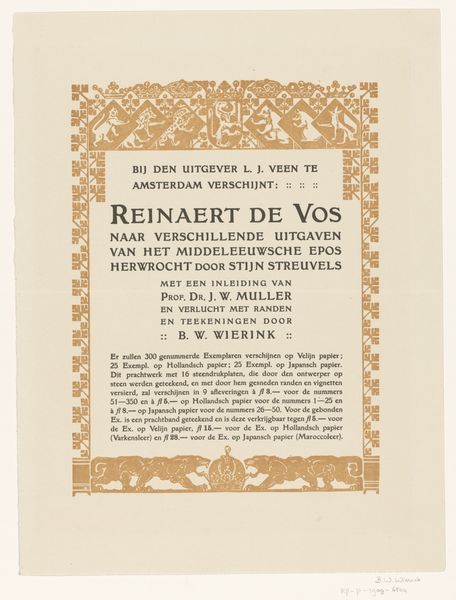
graphic-art, print, poster
#
graphic-art
#
art-nouveau
# print
#
landscape
#
symbolism
#
poster
Dimensions: height 735 mm, width 540 mm
Copyright: Rijks Museum: Open Domain
Editor: So, this is Adolphe Léon Willette’s "Affiche voor Pauvre Pierrot", a poster from 1887. It's a lithograph. There’s something melancholic about the imagery, the muted palette, and the subject itself. What's your take on it? Curator: From a materialist perspective, I’m struck by the means of production here. This isn't just about aesthetic Symbolism or landscape. It’s a lithograph, mass-produced. Consider the economic context: posters were crucial for advertising and disseminating culture. The rise of lithography allowed for the wide circulation of images like this. Notice the integration of text and image: what statement does the commercialisation of art say about the status of the artist? Editor: Interesting point. I was focused on the imagery - the sad clown, Pierrot, and the surrounding elements like the moon, the rose and the insect… all seem symbolic of something. Curator: Precisely, but we have to move beyond the simple "what does it mean?" and examine the material conditions that allowed those symbols to be circulated so widely. The choice of lithography allowed Willette's imagery, and therefore the themes it expresses, to reach a much wider audience. How did that shift consumption habits of the middle and lower classes? Was art then merely another form of merchandise? Editor: I never thought about it that way. It shifts the whole idea of art. So it becomes less about the artist's inner world and more about accessibility and marketing through materials and means of mass distribution, thereby challenging traditional boundaries. Curator: Indeed. We often elevate "high art" but here's Willette, using printing techniques usually used for mass market materials to reach a diverse audience. How do we see this in connection with craft or even labor itself? This changes our assessment of the creative act, don’t you agree? Editor: Absolutely! Seeing it as a commentary on art as a commodity is pretty insightful. I will definitely start looking at art through the means and methods of its production. Curator: Examining the context of its production can deepen our experience and help reveal an under layer, especially of this era of social change.
Comments
No comments
Be the first to comment and join the conversation on the ultimate creative platform.



